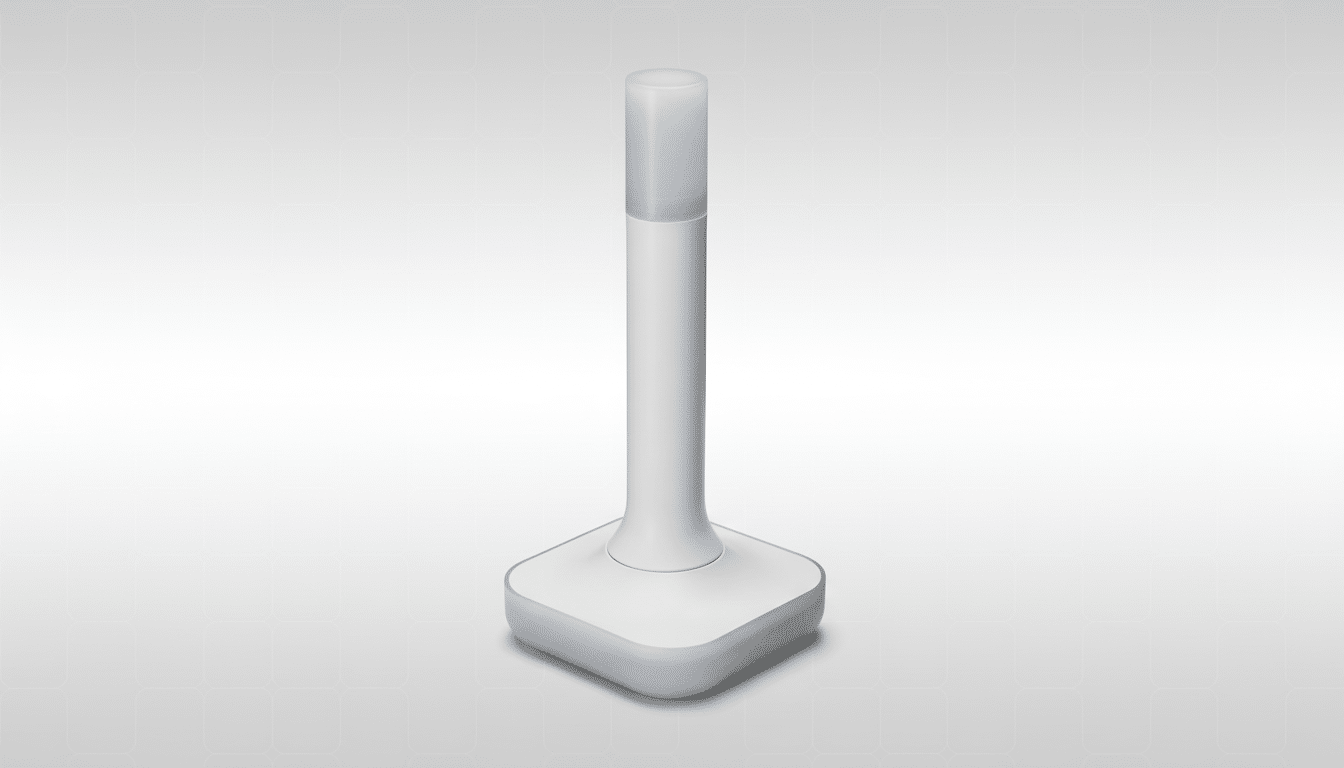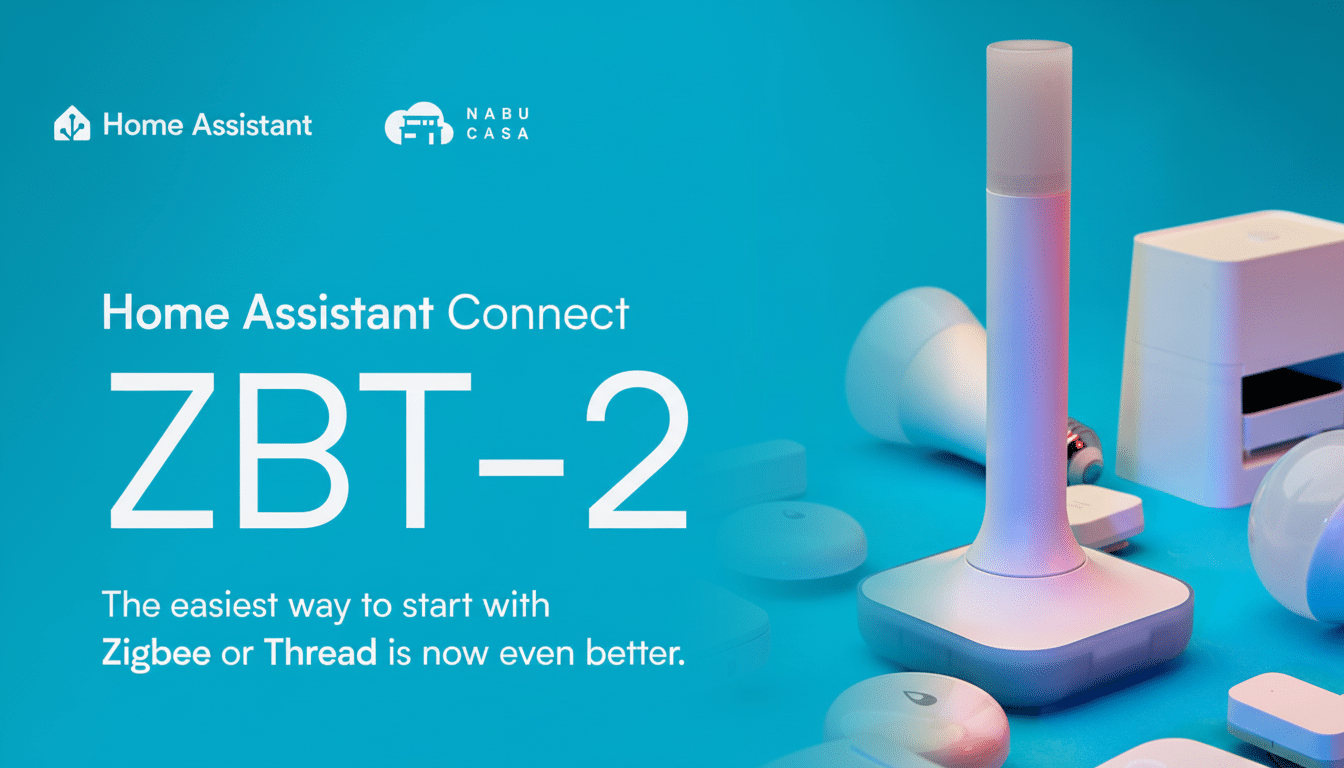Home Assistant has just debuted the Connect ZBT-2, a $49 USB adapter designed to bring Zigbee, Thread, and Matter devices together under one local, privacy-first umbrella.
For households managing brand-specific hubs and half a dozen apps, that is an appealing pull quote: plug this in, let Home Assistant do the orchestration work, and watch the madness calm down.
- One Stick for Zigbee, Thread, and Matter Devices
- What’s New Versus the Last Generation of the Stick
- Why This Matters Now for Smarter, Simpler Home Control
- The Setup Experience and Real-World Tips
- How It Compares in Value Against Other Smart Hubs
- Who It’s For: Power Users, Newcomers, and Tinkerers
- Bottom Line: A Local-First USB Stick That Unifies Control

One Stick for Zigbee, Thread, and Matter Devices
The Connect ZBT-2 is a multi-protocol bridge, meaning Home Assistant can be your Zigbee coordinator, Thread Border Router, and Matter controller all on one device. That means popular Zigbee gear such as Philips Hue, IKEA Tradfri, Aqara, and Sonoff can coexist with newer Thread and Matter devices without any additional hubs or cloud logins.
All of this goes through Home Assistant, which is designed for local control and automation. Lights, sensors, switches, locks, and plugs remain responsive because commands don’t ricochet off distant servers. When it comes to motion-to-light automations and whole-home scenes, this low-latency approach is often what separates “instant” from “laggy.”
What’s New Versus the Last Generation of the Stick
Launching on the heels of the 2022 ZBT-1, this model directly addresses reliability. The ZBT-2 includes a finely tuned antenna for improved range and network connectivity, along with an additional layer of performance that the team says will be about four times more powerful than the old adapter. The software supports over-the-air firmware updates for leading smart home brands, while the hardware is completely open and easily disassembled for tinkerers.
While the improved radio and speed should mean fewer dropped devices, it’s a practical thing for larger homes or diverse, compartmentalized apartments to stay connected. It also buys a bit of space to accommodate firmware subtleties down the road, with Matter and Thread each continuing to grow.
Why This Matters Now for Smarter, Simpler Home Control
Smart homes grew fast but unevenly. In addition to an established Zigbee ecosystem with several thousand certified products, there are thousands of Matter certifications, which is both a testament to the fast pace of innovation and evidence that things don’t get done when working independently or in silos. Parks Associates research consistently reports the majority of US broadband households have at least one smart home device, but many consumers find the complexity of setup and app management frustrating.
The industry’s answer is interoperability. Matter delivers a shared lexicon, Thread manages low-power mesh, and Zigbee continues to be deployed broadly in bulbs and sensors. The ZBT-2 does not deny this reality: it doesn’t expect you to replace gadgets you already have, only to drag them all into a single, local brain.

The Setup Experience and Real-World Tips
Installation is intentionally simple. Just plug the ZBT-2 into your Home Assistant machine, run through the guided setup, and start pairing. If you are migrating away from a brand hub, you may have to reset devices to release them before adding them into Home Assistant. The trade-off: a single app, common automations, and shorter command paths.
Pros frequently recommend two best practices:
- Use a short USB extension cable to move the radio away from your computer chassis and USB 3.0 ports, which produce 2.4 GHz noise.
- Choose non-overlapping Zigbee and Thread channels versus Wi-Fi so they operate together nicely.
Feature parity tends to be mixed when you bail out of vendor hubs. For instance, some advanced scenes or labs functionality might be tied to specific hubs. But Home Assistant’s community integrations, device firmware updates, and growing Matter support often fill those gaps — while also providing powerful multi-brand automations that vendor apps can’t touch.
How It Compares in Value Against Other Smart Hubs
At $49, the ZBT-2 is cheaper than lots of standalone hubs and allows a wider mix of devices. If you’re already running Home Assistant on a Raspberry Pi, mini PC, or NAS box of some kind, this is an inexpensive upgrade that makes a huge difference. Rival ecosystems can offer comparable consolidation — you wouldn’t have Spectrum’s controller but could use Apple Home’s hubs, Google’s, or Amazon’s Matter controllers, for instance — but usually involve more reliance on bespoke cloud services or even leave out Zigbee. The ZBT-2 aspires to achieve local-first control for all three pillars: Zigbee, Thread, and Matter.
Who It’s For: Power Users, Newcomers, and Tinkerers
For power users, open hardware, quick updating, and protocol options will be popular. Newbies who desire rock-solid automations without vendor lock-in also win. If your home is a mix of traditional Zigbee light bulbs and new Thread sensors and Matter plugs, this single adapter can bring it all together under one interface.
Bottom Line: A Local-First USB Stick That Unifies Control
The Home Assistant Connect ZBT-2 is as utilitarian a workaround for the modern smart home: a $49 USB stick that speaks the same languages as your devices already do and allows control to remain local. With solid range, faster performance, and wide compatibility, it’s poised to transform chaotic surgeries of competing products into a seamless setup — no extra hubs required, no reliance upon the cloud, and vastly reduced ax-pulling.

